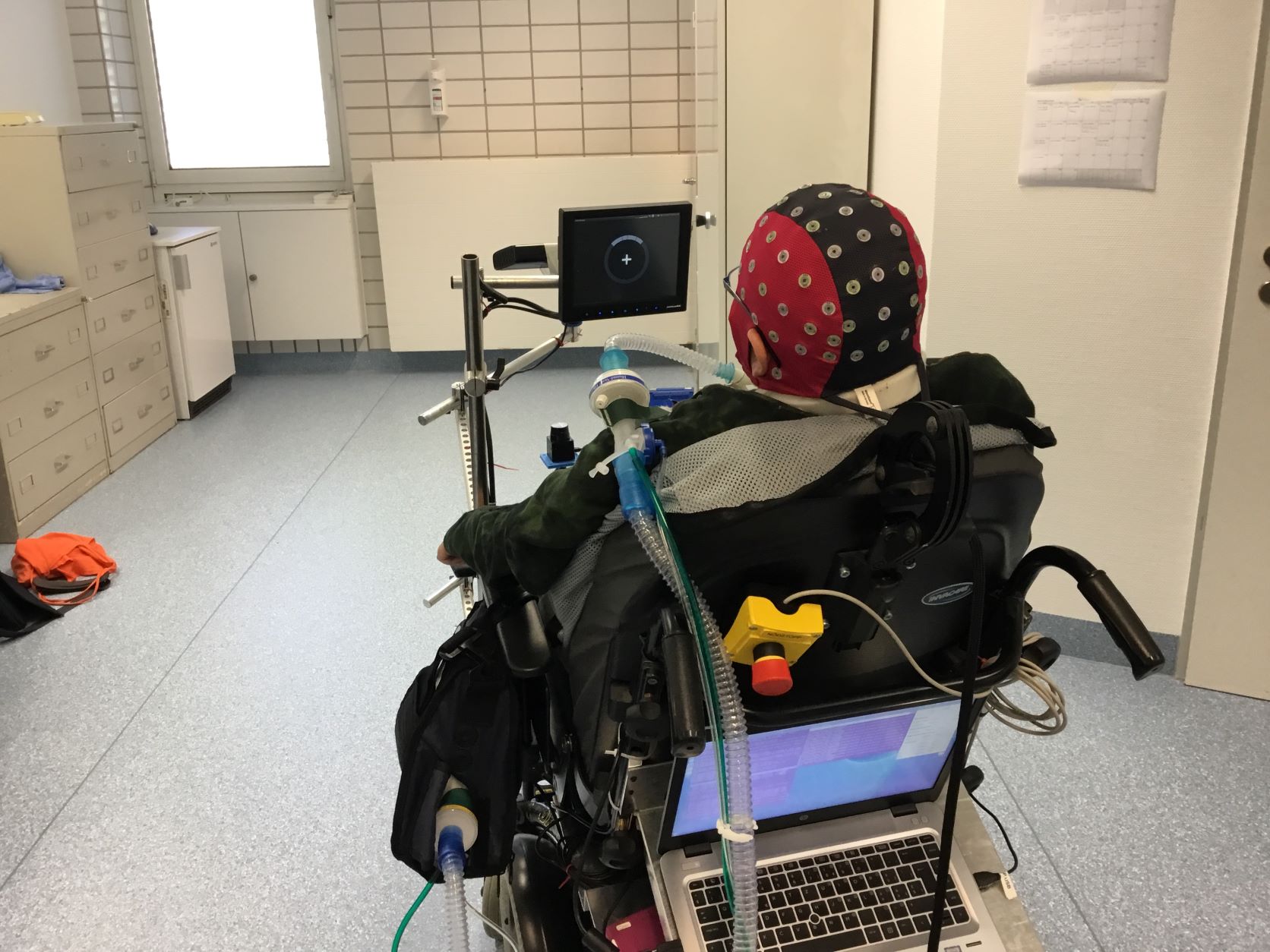Health
-
'Smart Swarms' of Tiny Robots Inspired by Natural Herd Mentality
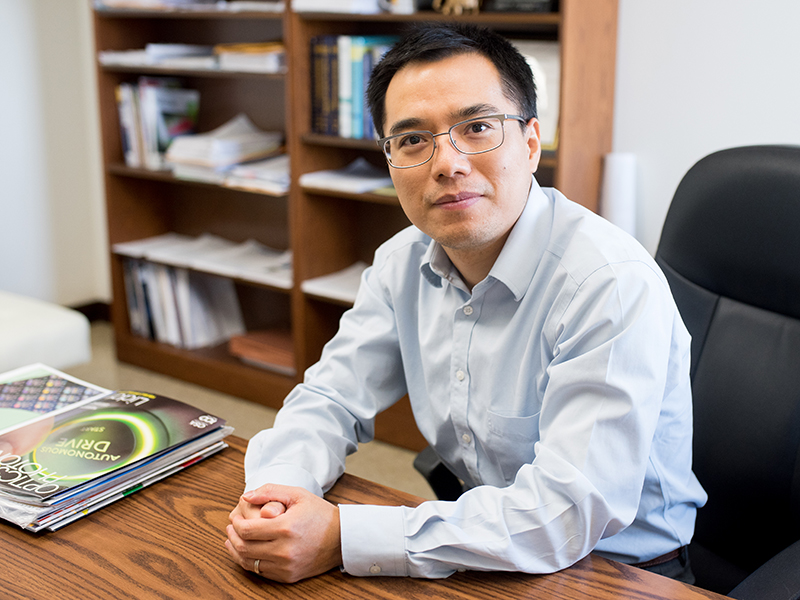
In new research, Texas Engineers gave tiny robots the same organizing abilities as schools of fish to form "smart swarms."
-
Universal Brain-Computer Interface Lets People Play Games With Just Their Thoughts
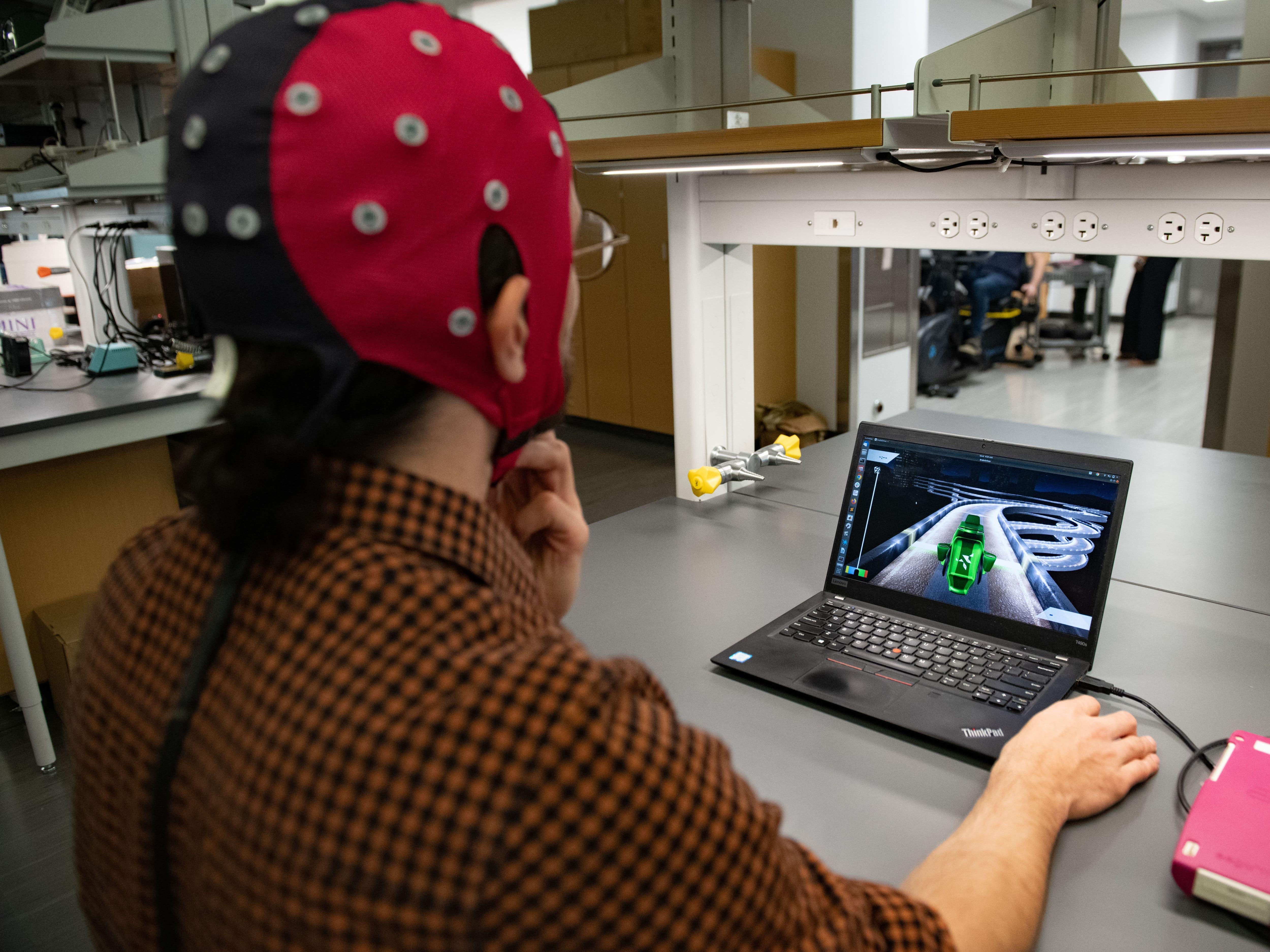
Imagine playing a racing game like Mario Kart, using only your brain to execute the complex series of turns in a lap.
This is not a video game fantasy, but a real program that engineers at The University of Texas at Austin have created as part of research into brain-computer interfaces to help improve the lives of people with motor disabilities.
-
New Disease Testing Component Facilitates Lower-Cost Diagnostics
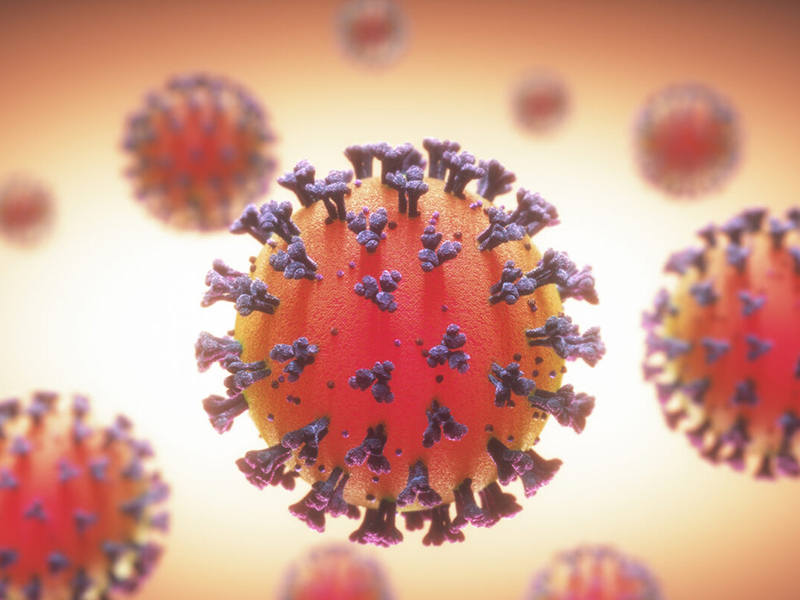
Biomedical researchers from The University of Texas at Austin have developed a new, less expensive way to detect nuclease digestion – one of the critical steps in many nucleic acid sensing applications, such as those used to identify COVID-19 and other infectious diseases.
-
Peppas Featured in First Issue of Nature Chemical Engineering
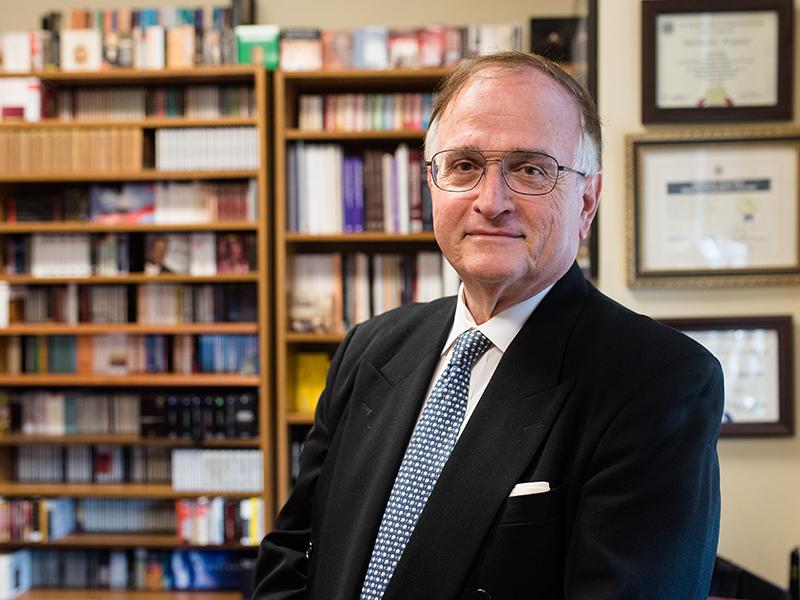
Nicholas Peppas is among a handful of prestigious researchers whose publications were featured in the inaugural issue of Nature Chemical Engineering. The article, A Bright Future in Medicine for Chemical Engineering, is co-authored with Professor Robert Langer from the Massachusetts Institute of Technology.
-
Laser Technology Cools the Way for Cellular Surgery and Drug Delivery

Imagine a laser so gentle it can cradle nanoparticles, biological cells, and even drive drug-delivering microscopic vehicles to sick cells without causing harm. This isn't science fiction; it's a new innovation led by a team of scientists at The University of Texas at Austin.
-
Texas Institute for Electronics and Infleqtion Launch Quantum Manufacturing Center of Excellence
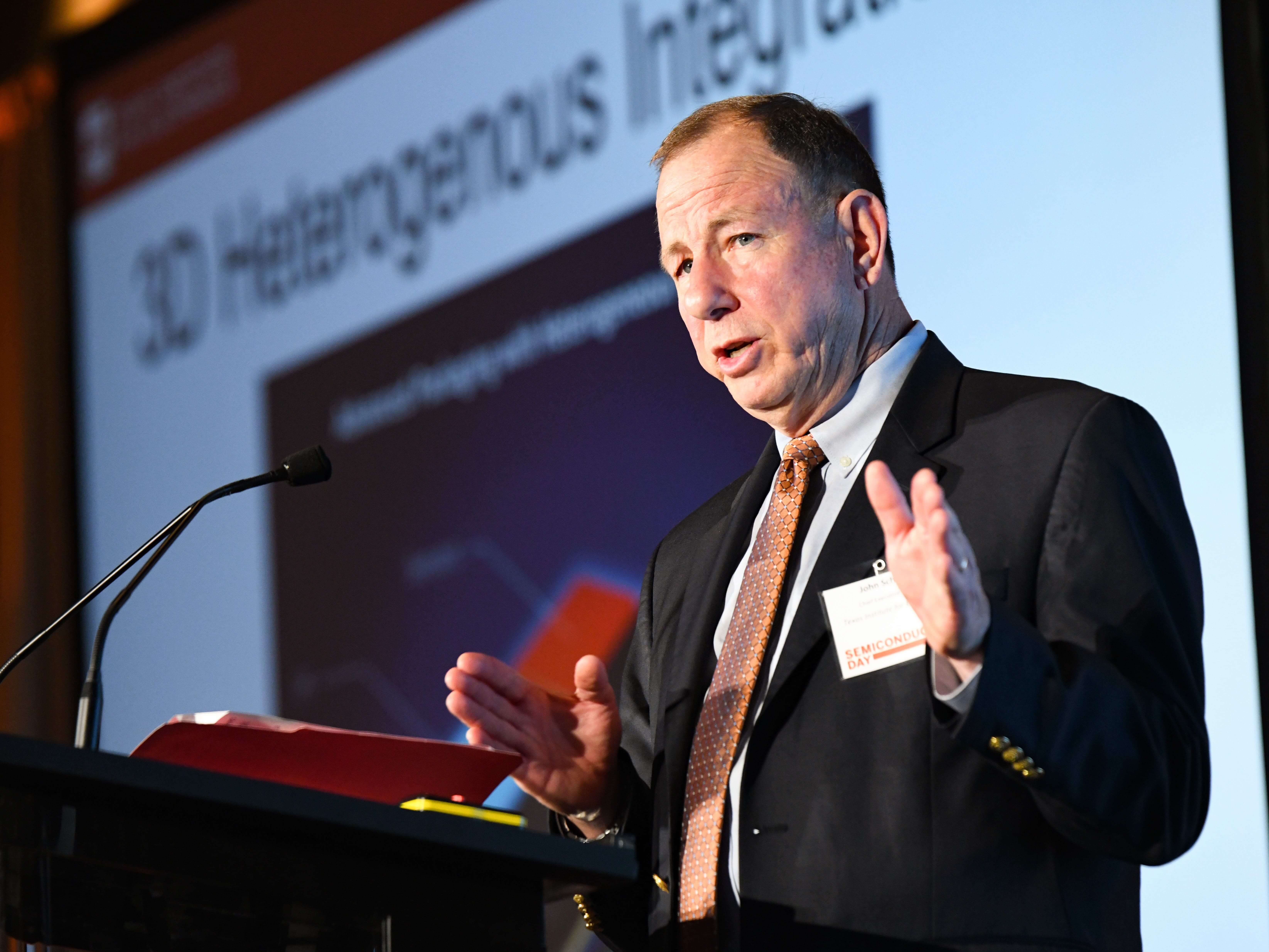
The University of Texas at Austin and Infleqtion, a global quantum technologies company, have signed a memorandum of understanding to develop a new center of excellence for quantum manufacturing. With the recent opening of its flagship corporate office in Austin, Infleqtion will work with UT’s Texas Institute for Electronics (TIE), collaborate with the University’s faculty experts in photonics and quantum technologies, and draw upon its world-class facilities to scale domestic manufacturing capacity for quantum-enabled products in areas such as energy, navigation, defense, and health care.
-
Poor Air Quality Deforms Our Cells; What Does It Mean for Their Health?
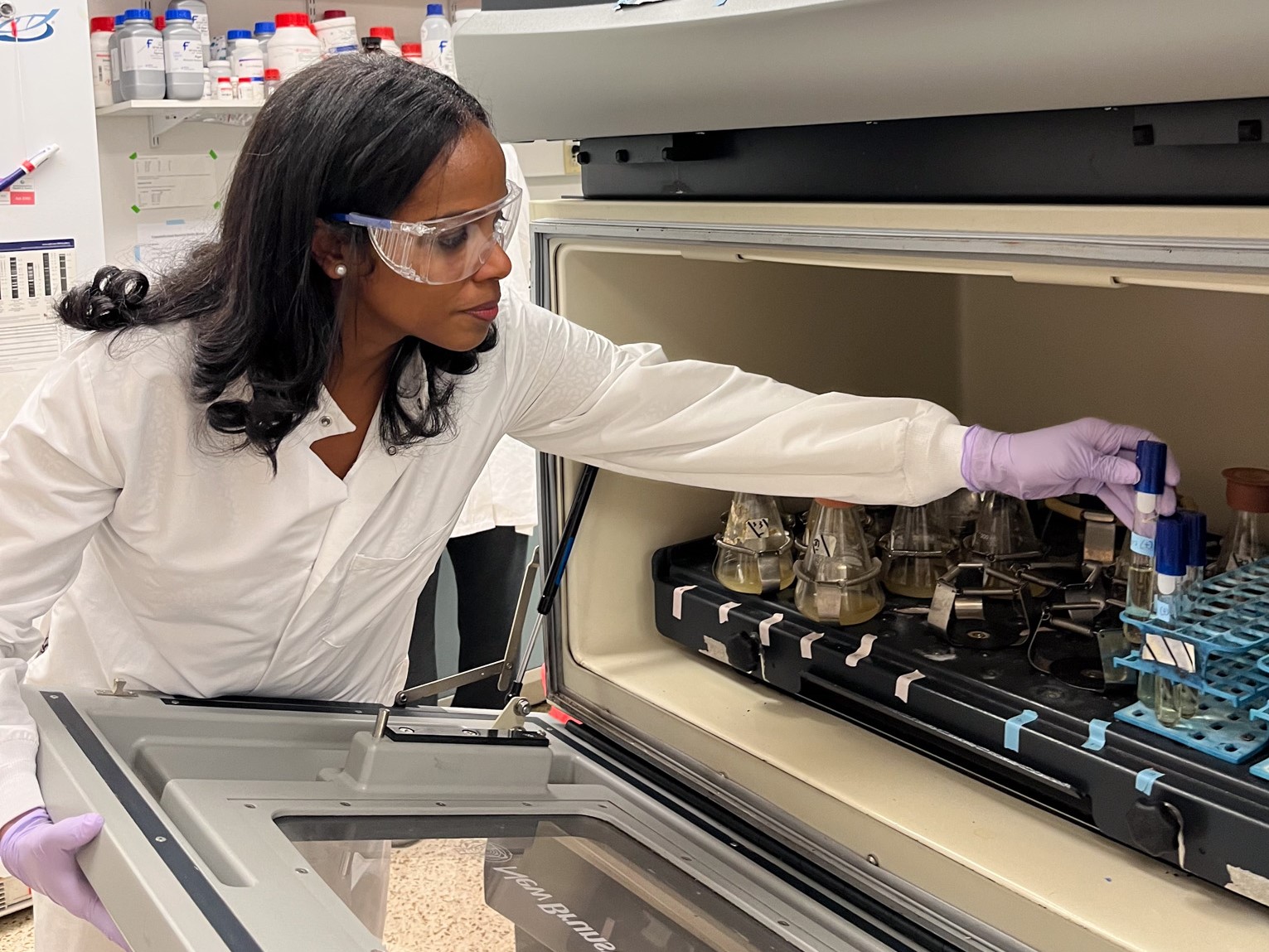
It's a well-known fact that air quality can impact our health. It's something that can be seen all the way down to the cellular level, as different pollutants in the air can influence biophysical cell characteristics.
Texas researchers are diving deep into this phenomenon, aiming to answer the question of how different types of respiratory cells handle the stress of toxic pollutants. More specifically, they're investigating cell shape, how it may serve as a distress signal of toxic air pollution and the impact of different mixtures of pollutants.
-
From Portugal to Texas, Researchers Piece Together SENTINEL Puzzle
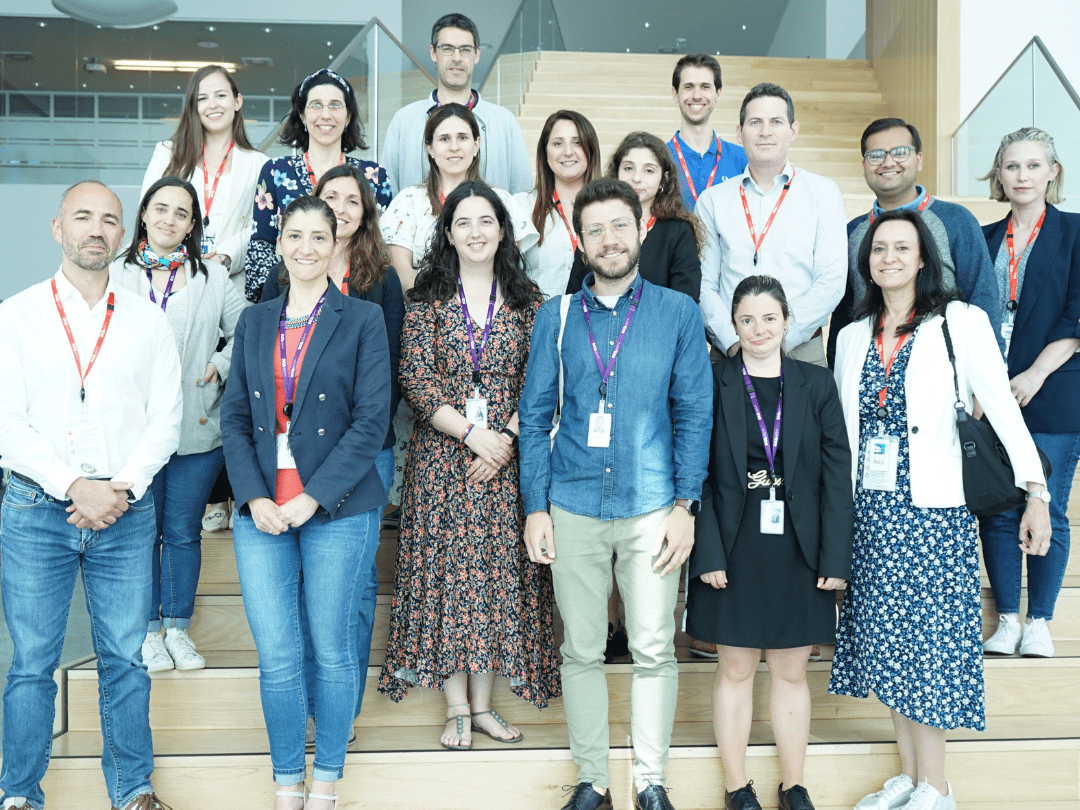
Over the past three years, SENTINEL, a global collaboration that includes Texas Engineering researchers has been developing a new way to monitor patients with prostate cancer. The research effort is one of 11 projects developed through the UT Austin Portugal program, which facilitates collaboration between researchers from The University of Texas at Austin and Portuguese researchers, government organizations and companies.
-
‘Lab-on-a-Chip’ Can Tell the Difference Between COVID and the Flu

Three years into the COVID-19 pandemic, accurate testing remains a challenge, even more so as the virus has mutated over time, becoming more contagious with symptoms that are hard to tell apart from other illnesses. A new diagnostic device that can differentiate between COVID-19 and the flu, developed by researchers at The University of Texas at Austin, seeks to solve this problem while providing better and more portable care options for people who are without access to medical centers.
-
Chest E-Tattoo Boasts Major Improvements in Heart Monitoring
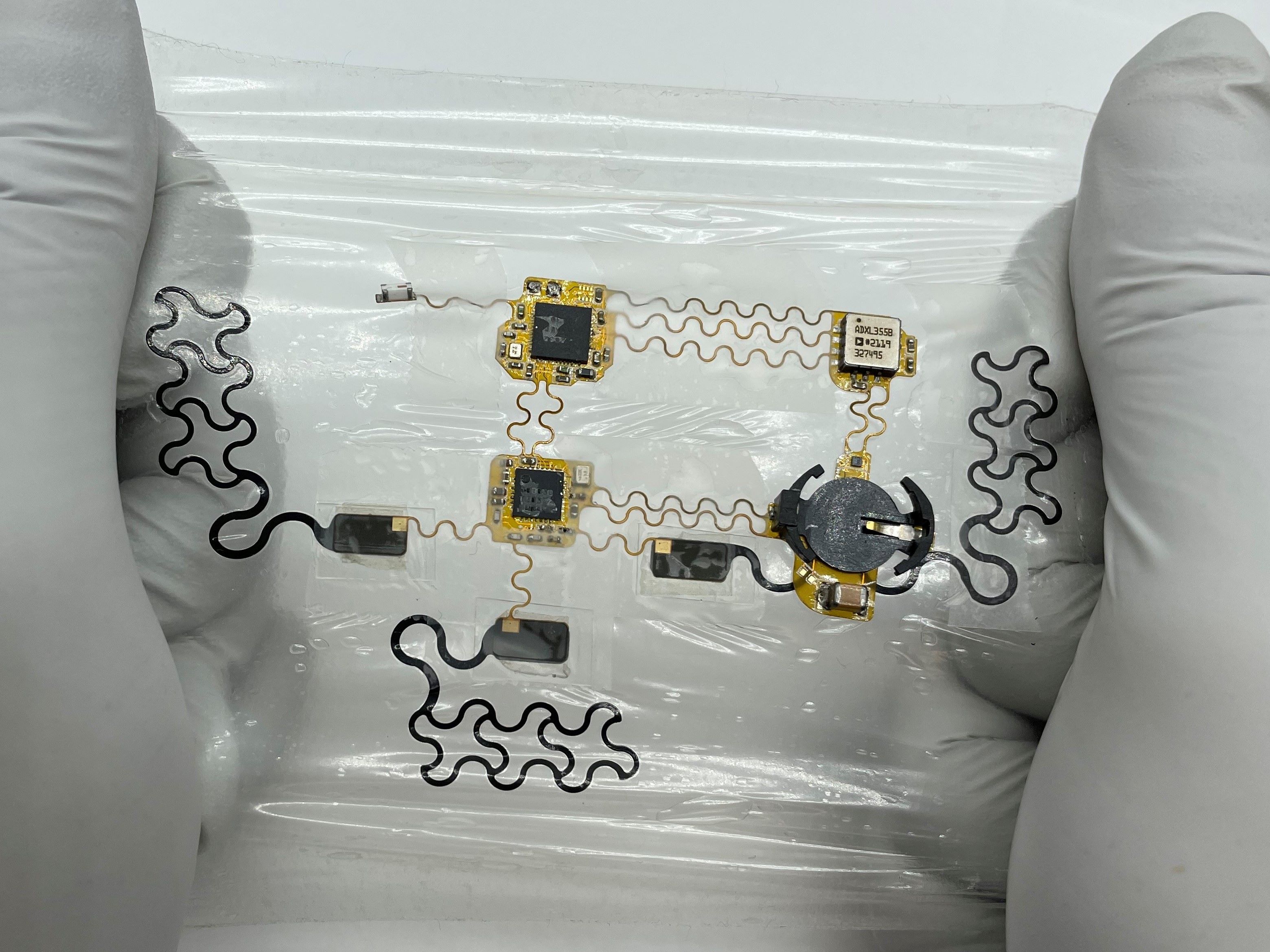
A new flexible, wearable medical device could provide a major boost in the fight against heart disease, the leading cause of death in the United States.
A team led by researchers at The University of Texas at Austin has developed an ultrathin, lightweight electronic tattoo, or e-tattoo, that attaches to the chest for continuous, mobile heart monitoring outside of a clinical setting. It includes two sensors that together provide a clear picture of heart health, giving clinicians a better chance to catch red flags for heart disease early.
-
Informed by Mechanics and Computation, Flexible Bioelectronics Can Better Conform to Curvy Surfaces

Today, foldable phones are ubiquitous. Now, using models that predict how well a flexible electronic device will conform to spherical surfaces, engineers from The University of Texas at Austin and University of Wisconsin–Madison could usher in a new era in which these bendy devices can integrate seamlessly with parts of the human body.
-
Graphene ‘E-Tattoo’ Treats Cardiac Arrhythmia
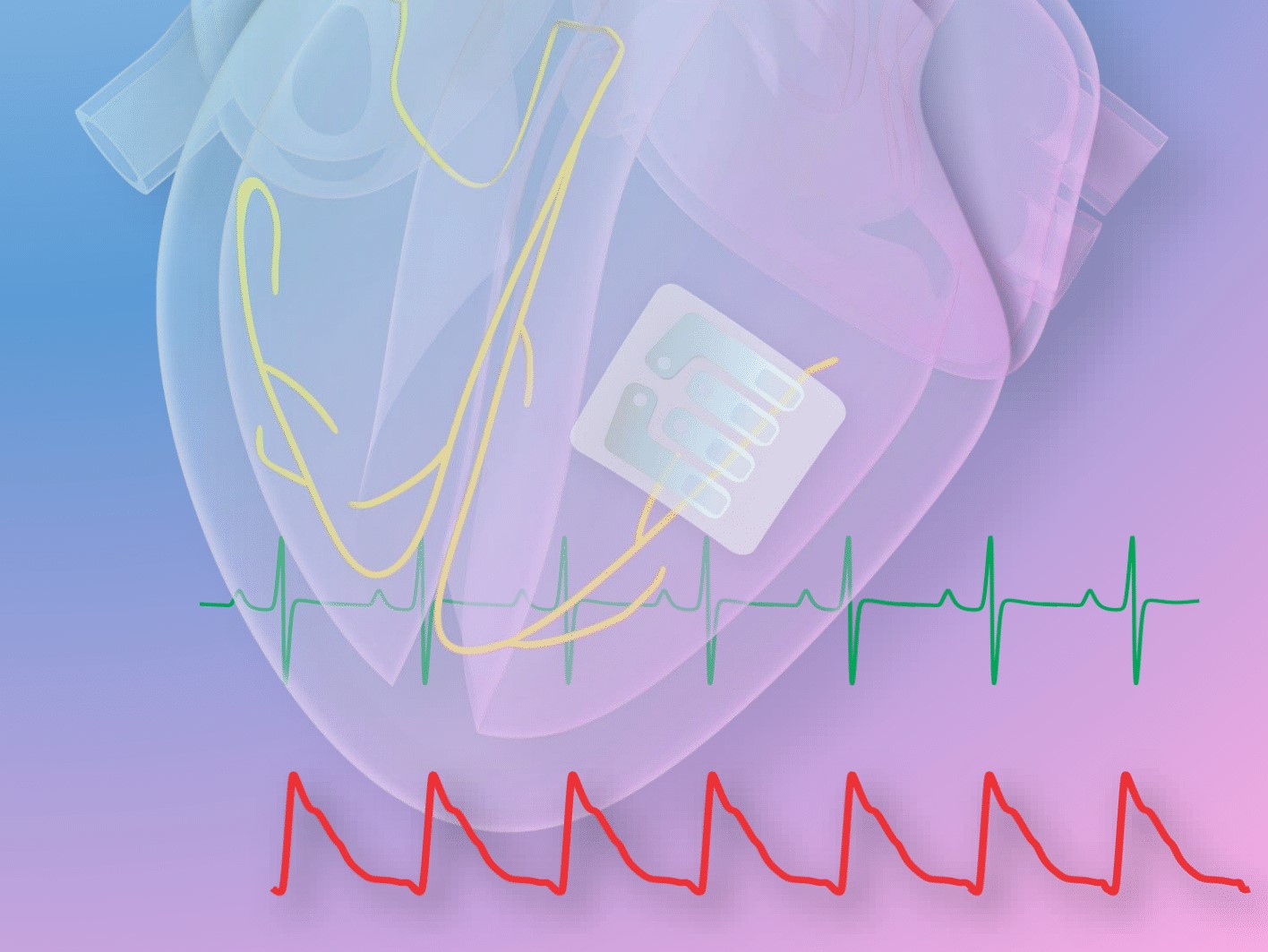
A new cardiac implant made from graphene, a two-dimensional supermaterial with ultra-strong, lightweight and conductive properties, functions like a classic pacemaker with some major improvements.
-
The Achilles Heel That Could Lead to Universal Coronavirus Treatments
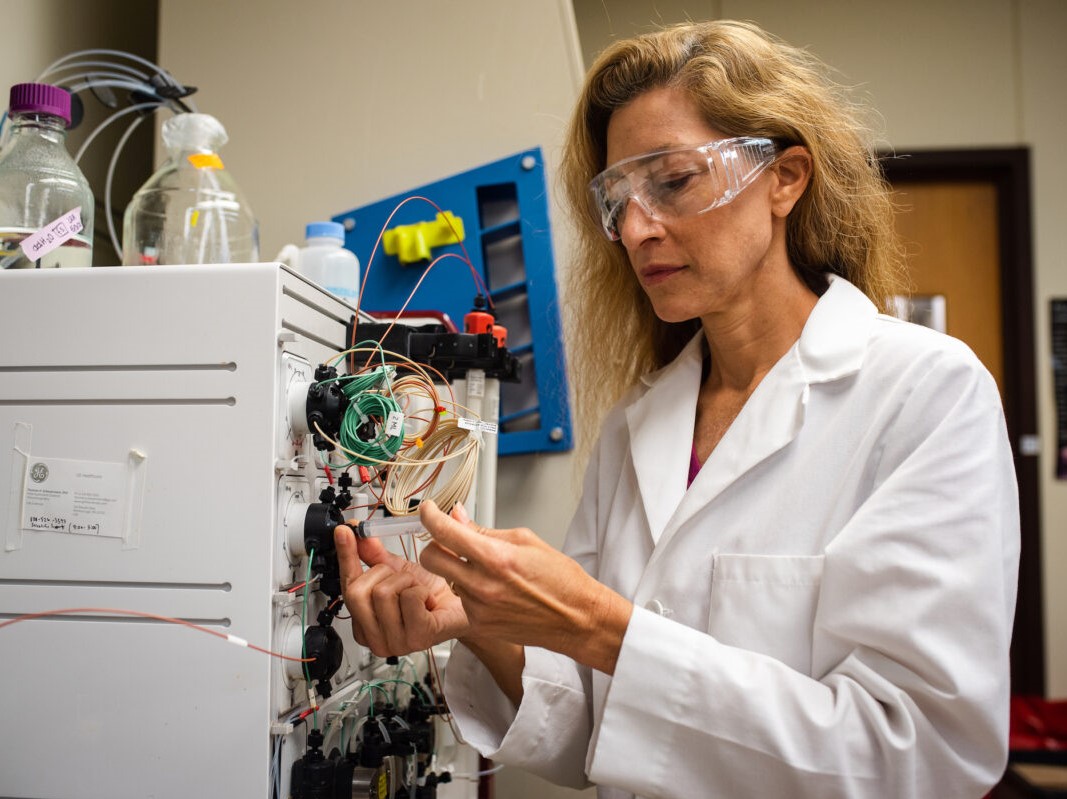
Researchers behind discoveries that led to vaccines for the virus that causes COVID-19 have identified a potential Achilles heel that exists in all coronaviruses. These findings, led by researchers at The University of Texas at Austin, could aid the development of improved treatments for COVID-19 and also protect against existing and emerging coronaviruses.
-
Dynamic Events in Thick Tissue are Nearly Impossible to Image; Texas Engineers Aim to Change That
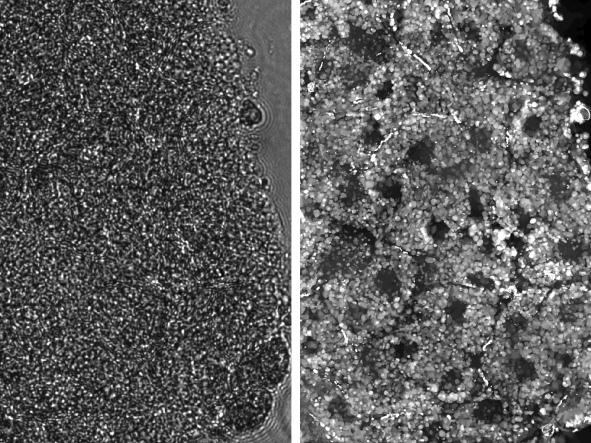
Today's state-of-the-art optical imaging technologies can help us see biological dynamics occurring at subcellular resolutions. However, this capability is primarily limited to thin biological samples, such as individual cells or thin tissue-sections and falls apart when it comes to capturing high-resolution, three-dimensional images of thicker and more complex biological tissue. This limitation occurs because tissue is composed of heterogeneous arrangements of densely-packed cells, which scatter light and hinder optical imaging. This is especially a challenge in live tissue, where biological dynamics occurring within the tissue further diffuse light and scuttle images.
-
Researchers Aim to 3D Print Kids Breathing Masks and Other Complex Medical Devices

Customized medical devices represent an intriguing application of additive manufacturing technology, also known as 3D printing. However, the capabilities to design and print the smart, flexible materials this type of equipment requires remains lacking.
Researchers from The University of Texas at Austin and Penn State University just got a grant to change that. The $2 million grant from the National Science Foundation's LEAP-HI program will pave the way for the researchers to tackle the challenge of designing and 3D printing smart devices using multiple materials.
-
Surgical Standard for Skin Cancer Removal, Re-Imagined

The gold standard for removing benign skin cancers has been around since the 1930s. Although very accurate, it requires a full laboratory next door to the procedure room to determine whether the full tumor has been removed or not. A research group at The University of Texas at Austin is aiming to make that process more efficient and potentially expand access to this type of surgery to a broader population.
-
Protein Discovery Sheds New Light on Cellular Behavior
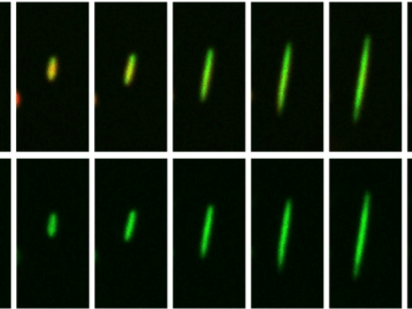
Every living cell is made up of a massive network of proteins. Understanding everything there is to know about them can give scientists essential information about the larger processes that govern everything from how we move to how we think.
-
Researchers Aim to Shed Light on Cellular Bonding, Including COVID Cells
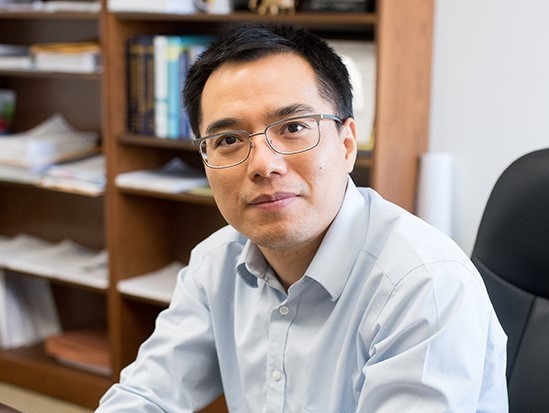
The way cells interact with each other is among the most fundamental aspects of understanding the body and developing effective treatments for diseases. However, the tools for observing how cells behave in various circumstances remain flawed, despite intense focus from researchers around the globe.
An interdisciplinary team at The University of Texas at Austin was recently awarded a RO1 grant from the National Institutes of Health to create a new platform and devices for experimenting and analyzing cellular interaction, specifically what happens when they bond. This platform could improve creation of treatments for a variety of illnesses, and shed light on how diseases attack our immune systems.
-
Palm E-tattoo Can Tell When You’re Stressed Out
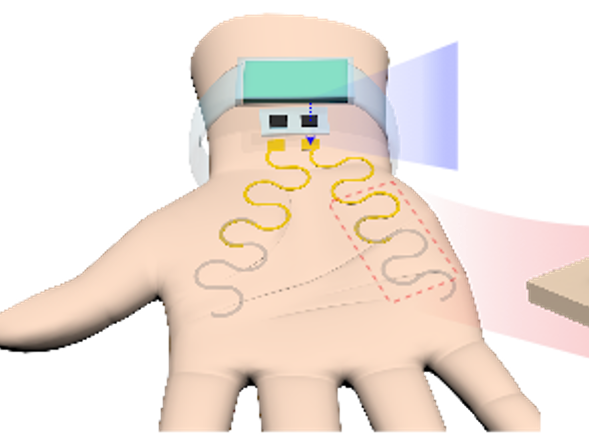
Our palms tell us a lot about our emotional state, tending to get wet when people are excited or nervous. This reaction is used to measure emotional stress and help people with mental health issues, but the devices to do it now are bulky, unreliable and can perpetuate social stigma by sticking very visible sensors on prominent parts of the body.
Researchers at The University of Texas at Austin and Texas A&M University have applied emerging electronic tattoo (e-tattoo) technology to this type of monitoring, known as electrodermal activity or EDA sensing. In a new paper published recently in Nature Communications, the researchers created a graphene-based e-tattoo that attaches to the palm, is nearly invisible and connects to a smart watch.
-
Brain-Powered Wheelchair Shows Real-World Promise
In one of the first studies of its kind, several people with motor disabilities were able to operate a wheelchair that translates their thoughts into movement.
The study by researchers at The University of Texas at Austin and published today in the journal iScience is an important step forward for brain-machine interfaces — computer systems that turn mind activity into action. The concept of a thought-powered wheelchair has been studied for years, but most projects have used non-disabled subjects or stimuli that leads the device to more or less control the person rather than the other way around.

